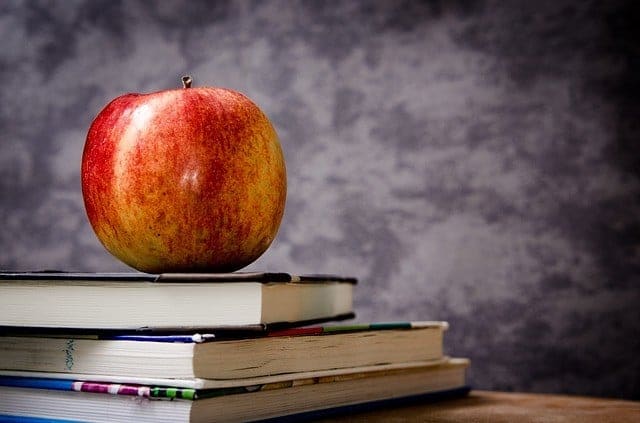
October 5, 2007
By Shenequa A. Golding, Staff writer
When asked what kind of attorney she is, Janaan Hashim has a sharp reply.
“A good one,” Hashim said with a laugh.
She is one of six attorneys in a new, all-female, all-Muslim, all-working-mother law firm in Palos Heights. The women named their venture Amal Law Group.
“Amal,” which is Arabic for “hope,” is what these attorneys hope to bring to their clients. Ranging in age from 27 to 40, the women practice a variety of specialties. Their law firm will offer general litigation, family law, immigration and civil rights law and more.
Family law and real estate attorney Maryam Khan said the firm’s makeup will seem a little unusual to some clients.
“I think we’re breaking quite a few stereotypes,” Khan said.
Despite the characteristics they share as Muslim American women, the lawyers have many differences – beginning with appearance.
Rima Kapitan, an employment and estate planning attorney, and Majdel Musa, a business and real estate lawyer, do not wear the traditional hijab that adorns the heads of some Muslim women. They also don’t look like what many might expect.
Kapitan – who has short, strawberry-blond hair and freckles -is a bi-racial Palestinian-American. Musa, who has a Belgian mother and Palestinian father, also doesn’t have what many might consider typical features. Musa believes that’s why she hasn’t experienced much prejudice.
“I haven’t experienced a lot of discrimination because I don’t necessarily look Arab,” Musa said.
Hashim said she has been pleasantly surprised to find many people have a positive reaction to her as a Muslim attorney.
Nikia Bilal, who practices general litigation and family law, said not every experience is negative and, at times, individuals try to overcompensate.
“There is that instantaneous ‘who are you, and what’s your purpose here?’ ” Bilal said. “(Sometimes) people try to prove how open-minded they are.”
Heena Musabji, who practices immigration law, hasn’t encountered much discrimination because of her faith. More often, Musabji said, it’s because of her gender.
At her former job, she said, clients expected her to work twice as hard as male counterparts to prove herself – particularly with male clients.
Many reacted as if they were thinking, “Oh, you’re the women taking my case,” Musabji said.
Khan, who wears a hijab, said some clients judge her based on appearance.
“The only difference between me and the next attorney is the cloth on my head,” she said. “Which makes everyone else think that my IQ is lower, which it is not.”
Bilal, Kapitan Hashim and Musabji all earned their law degrees from DePaul University, where Bilal attended school on a full scholarship and Hashim graduated cum laude.
Khan graduated cum laude from Northern Illinois University College of Law, and Musa earned her law degree from Thomas M. Cooley Law School.
Not all the women originally planned on legal careers. Musa’s parents told her she should be a lawyer, and Musabji originally wanted to be a dentist but had a change of heart when she realized she needed something she considered a higher purpose.
Bilal set her sights a little bigger.
“I wanted to be the Muslim equivalent of Oprah,” Bilal said.
Hashim said it was her husband’s idea she go into law. He supported her and took care of their kids in the evenings while she went to law school.
Along with being attorneys, the six women have another full-time role as moms. Khan and Musabji both are mothers of two; Hashim and Bilal have three children each. The youngsters often are in the law firm offices, where their mothers juggle work with caring for them.
So do these women who chose careers in the legal profession watch any of the dozens of legal television shows?
Musa use to watch “Boston Legal.” Bilal loved “Alley McBeal,” and Khan enjoyed “The Practice.” But Hashim said she doesn’t care for television shows based on her line of work because she believes they minimize serious issues.
She recalled the graphic crime scene photos from a case in which she represented a man appealing his first-degree murder conviction.
The victim’s hands and feet had been tied, and the murderer had beaten and tried to drown him. Eventually, the killer used a razor to slit the victim’s throat and shot him in the neck. It wasn’t material for prime-time entertainment, she said.
“Its hard to look at this kind of entertainment, but this is real, and they’re making money off it.” Hashim said. “To me, it doesn’t sit right that we make this entertainment.”
These women take on different types of cases and have different personalities, but they share a passion for the law and a faith in the American judicial system.
“Better for 10 guilty men to go free than for one innocent man to be convicted,” Hashim said.
Amal’s Angels
Amal Law Group’s lawyers enjoy working together and, when given the chance, are happy to describe one another.
Maryam Khan: According to her partners, Khan is feisty. And when she wants to have fun, she does everything everyone else does, “minus the drinking.”
Rima Kapitan: She plays the piano and the viola and, her peers! said, stands her ground.
Majdel Musa: She is never too serious and is the self-proclaimed “mellow one.” She enjoys photography.
Heena Musabji: The other attorneys refer to Musabji as the “negotiator,” does yoga and travels. She also loves to salsa dance.
Janaan Hashim: She likes to read and garden and is content with taking walks with her husband. The other lawyers said Hashim’s the one with all the jokes.
Nikia Bilal: This lawyer enjoys traveling and has gone to Europe, Africa and the Middle East. She soon will be traveling to Asia. Bilal’s the orderly one who has to make sure all the T’s are crossed and all the I’s are dotted.







